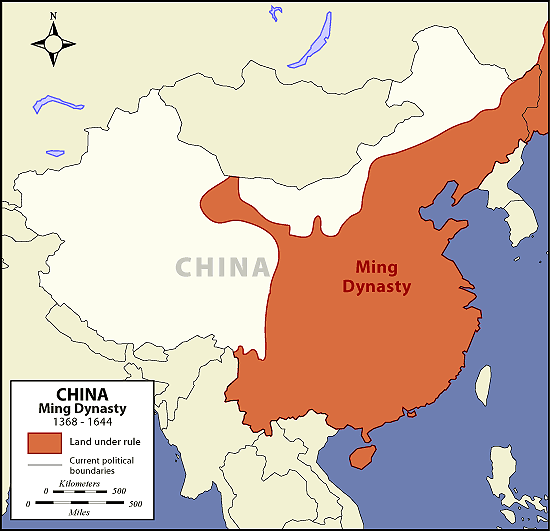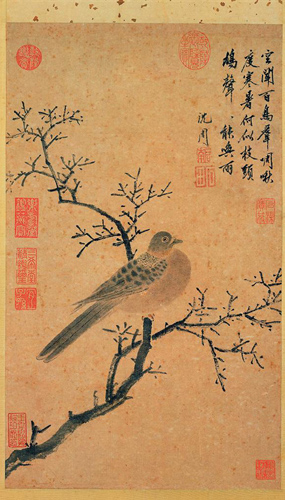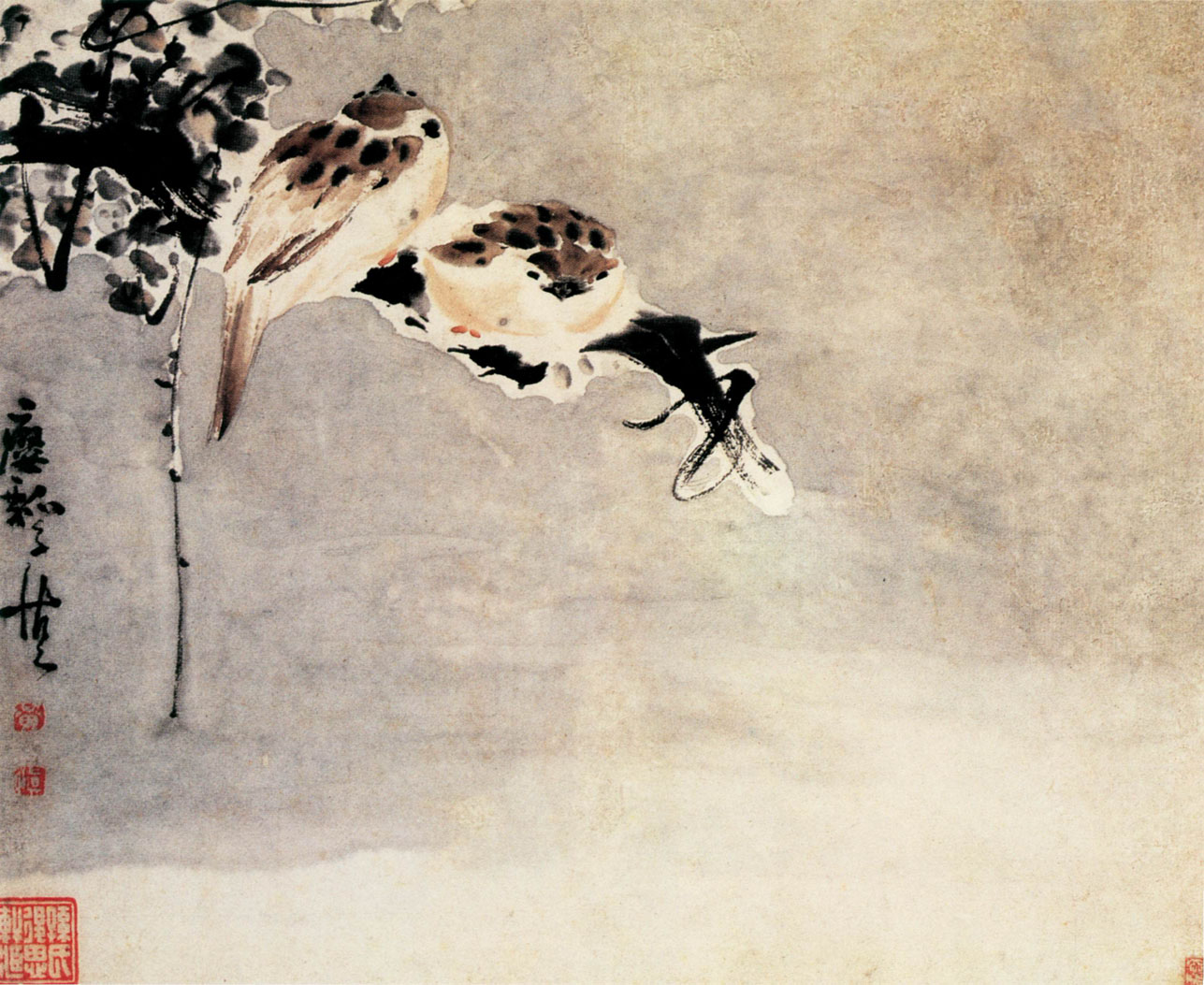The Ming Dynasty
The Grand Canal
R: The three main religions of the Ming Dynasty were Confucianism, Taoism, and Buddhism. While all of these religions were mostly tolerated, government officials generally preferred Taoist teachings. Islam was also popular in parts of China, but Muslims were quickly assimilated into Chinese culture and became indistinguishable from the average Chinese citizen. Christian missionaries were outlawed by the Hongwu Emperor in 1368. However, the Ming Dynasty saw a second wave of Jesuit missionaries, led by Mateo Ricci, around 1583.
A: Arts during the Ming Dynasty thrived. Three distinct painting styles came into existence:
Che:
Sung:
Eccentric:
S: The Ming rulers encouraged the development of agriculture by reducing conscription and taxes. Government encouraged peasants to reclaim wasteland and promoted the cultivation of cash crops, such as cotton and others water conservancy projects were constructed in all parts of the country. The area of farmland was much larger than further dynasty. Rice was grown very widely in southern part of China. Corn, sweet potato, peanut and tobacco were introduced in south, and extend north. Land and population control was accomplished through the use of the "Yellow and Fish-scale registers", which effected in enhancing productivity. After the mid-Ming period, social production achieved further increase, while the Yellow Register got corrupted. The new "single whip method" of taxation, advocated by Zhang Juzheng and his followers, was introduced to aid economic development.
P: The Ming abolished the Branch Secretariats and replaced them with three offices - the Administrative Commissioner's Office, the Judicial Commissioner's Office, and the Military Commissioner's Office in local. These three offices were independent each other. In 1380, the Central Secretariat and the Office of Prime Minister were abolished in central government. All the significant state affairs were handled by the emperor. The Chief Military Commission was restructured into five Military Commands - Central, Front, Rear, Left and Right, which were in charge of the troops in the capital and those of each dusi as well.
http://www.chinatravelrus.com/profile/history/ming-dynasty.html
E: Despite starting out with paper money, silver became the primary means of currency in Ming China. The demand for silver was so high that most of the output from Peruvian mines went straight to China.
D: Historians often argue over the legitimacy of Ming census numbers. The numbers are strangely skewed toward men. By 1502, they counted 378,167 men and 226,982 women. Some theorize that this is due to a practice of female infanticide, although numbers this dramatic cannot be attributed to that alone.
I: One important Ming Philosopher is Wang Yangming, who is one of the foremost Neo Confucian thinkers. Some of his trademarks are the ideas of innate knowledge (people know the difference between good and evil from birth), the unification of knowledge and action, and the mind giving reason to the world
http://www.iep.utm.edu/wangyang/
T: Ming's development of technology was slow compared to the pace of the West and the Song Dynasty. Most of their innovations came from Western ideas.







